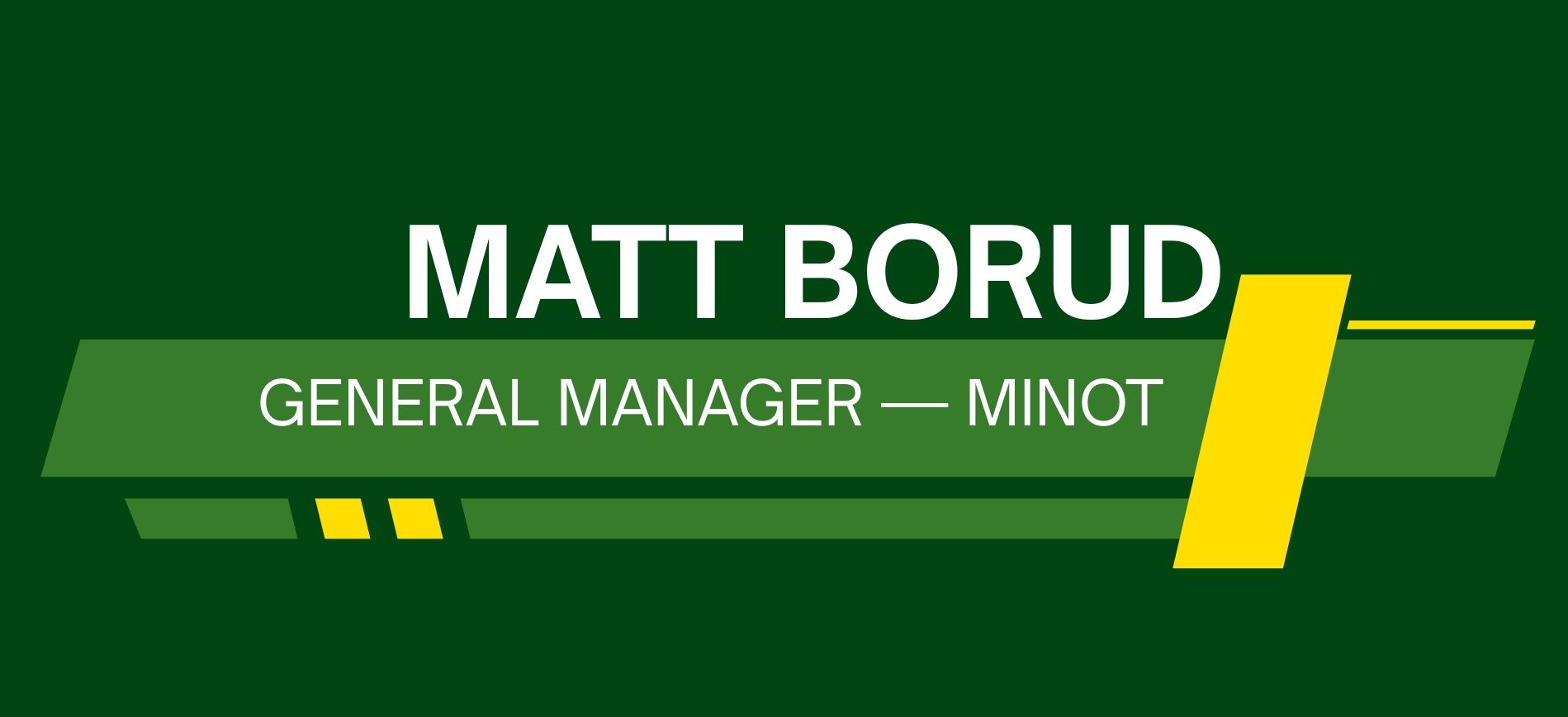Exploring the Future: Gooseneck’s Trial of John Deere Autonomous Tillage
At Gooseneck Implement, we’re always looking ahead—seeking out the latest innovations that could bring real value to our customers. This spring, we put that mindset to work by trialing John Deere’s autonomous tillage solution, and we're excited to share the results.
While the technology is still evolving, the promise is clear: fewer labor demands, more flexibility, and increased productivity—especially for operations stretched thin.
What Autonomy Is (and Isn’t) Meant to Do
Autonomous equipment isn’t here to replace your most skilled operator—it’s here to give them time back to do what they do best. Tillage is a critical part of any season, but it’s not necessarily a task that requires top-tier technical knowledge. That’s where autonomy shines. It can cover acres reliably and consistently, freeing up your top operators for jobs where their expertise really matters.
Across the board, producers are facing a tight labor market. Whether you’re a smaller operation with no spare hands or a larger one where it’s tough to find someone for every cab, autonomous equipment could help bridge the gap.
Trial Results: What We Saw in the Field
During our trial, we tracked performance against a skilled operator to see how autonomy stacked up. On a good day, the operator was covering 48 acres/hour. The autonomous machine? 37 acres/hour—just a 20% reduction in productivity without anyone in the cab. Looking across the trial, the autonomous system averaged 31 acres/hour. For a first run, we were impressed by how close that was to an experienced operator—and we know this technology will only continue to improve.
However, when you zoom out beyond acres per hour, the real advantage of autonomy comes into focus: extended hours of operation. Unlike an operator, the autonomous system can run through the night and beyond the typical workday. That opens the door for more total acres completed in a day, even if the per-hour average is slightly lower. While we’re not fully there yet in maximizing those benefits, that potential is what makes autonomy such an exciting space to watch.
There are still limitations. Currently, the system doesn’t offer detailed job performance reporting. It can’t adjust for changing field conditions in real time—yet. And in extremely dry or variable conditions, it may still require a set of eyes in the field. But that’s why we’re calling this a trial—it’s about testing, learning, and seeing where it fits.
And what we saw is that autonomous tillage is not just a concept anymore—it’s a real tool that’s getting closer to solving real problems. Especially for operations that are struggling to find help, the ability to keep machines rolling while your core team focuses elsewhere is a major step forward.
Final Thoughts
John Deere’s autonomous tillage technology offers a glimpse into the future of farming—and from what we’ve seen, it’s a future worth leaning into. We’re proud to have put this solution to the test and look forward to continuing the conversation around what autonomy can mean for our customers.
Stay tuned—there’s more innovation to come.










